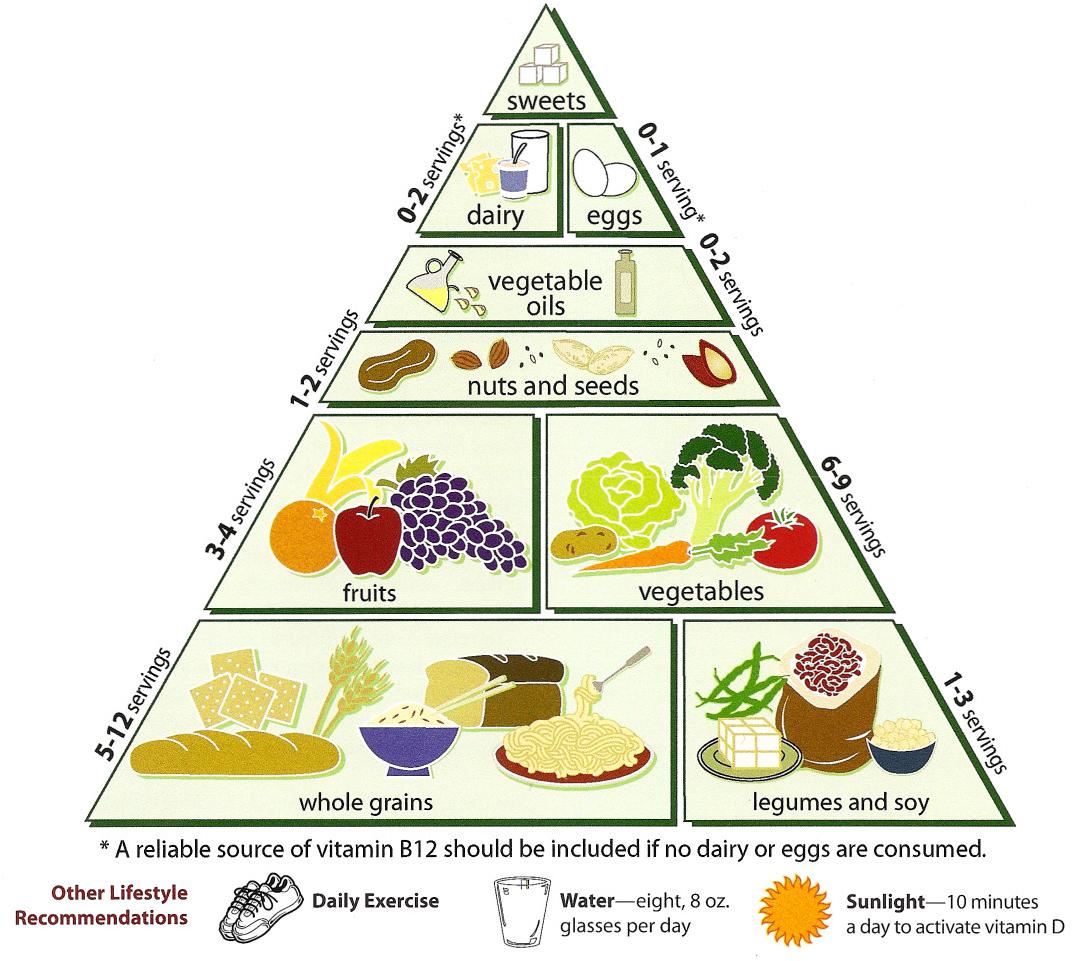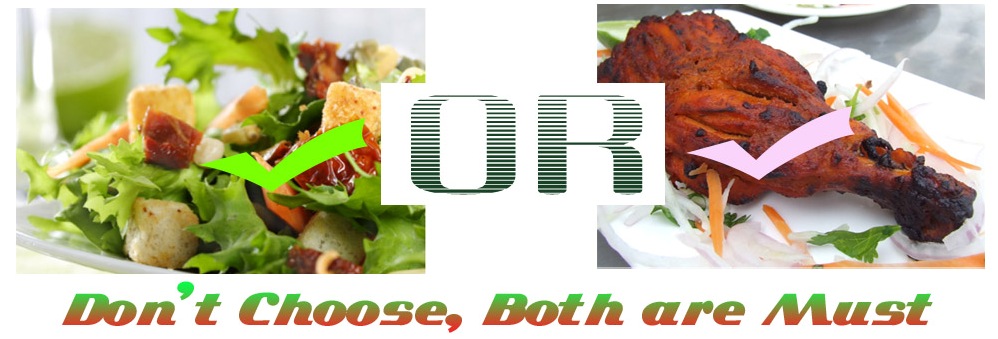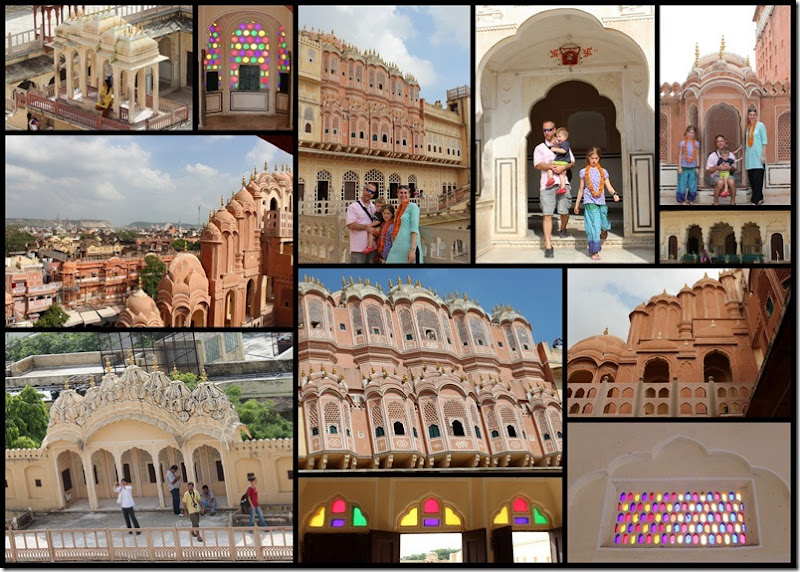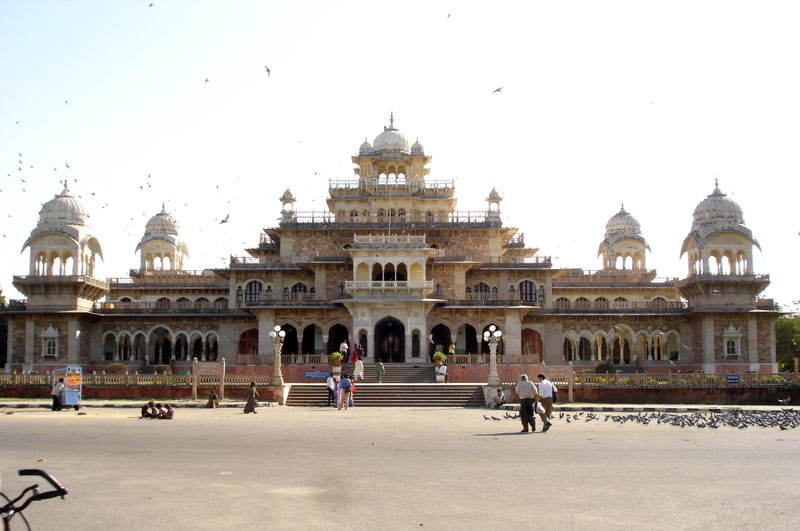
The race is getting tighter now. With downloadable music already set to completely replace CDs, the next round of the format battle begins. Who will come out on top: ebooks or printed books?
The whole world is reading. Reading is part of our everyday lives, whether it’s for fun, business, or to catch up on the latest news. How people read today is what we want to know more about.
The E-book and the printed edition of books are both widely used. You can get your newspaper in paper form or you can get it downloaded each morning to your e-reader.
How you chose to read is totally up to you. Which is your favorite way to read your books?

There are many factors to consider when discussing the matter of ebooks vs. printed books, but ultimately, it boils down to the reader’s preference. Avid fans of printed books claim that there’s still nothing like the smell of paper and the rustle of the pages as the reader flips gently through the book with their fingers. There’s something intimately rustic about the entire experience, they claim, and it’s one that cannot be derived from the cold, electronic ebook version.
On the other hand, those who prefer the ebook often say that the device takes a whole lot of weight from their shoulders – literally. Packing for trips is bad enough as it is, but it becomes doubly so when confronted with the task of choosing which book to bring. With the ebook, however, a reader can take hundreds of books with them on the journey, and only take up a few square inches in their carry-on bag.
Apart from these physical considerations, however, studies have shown that when it comes to reading comprehension, printed books are still a better choice. The study found that literacy building in children is more effective with a printed book than with an ebook because of the centralized focus on the story and the opportunities for interaction between the child and the parent reading the book with the child. While ebooks also deliver the story, and encourage children to participate with interactive add-ons, there is no conversation and nothing to encourage the child to verbalize or explore using language. In fact, the research concluded that sometimes “click-through” added features can actually detract from the reading experience because of all the interruptions.
Of course, for other people – especially adults, who are more able to comprehend the overall story or meaning in the text – these interactive features such as linking, bookmarking, highlighting, and others provide a huge benefit and meet many of their needs. By and large, however, some devices tend to overdo it, and so end up creating more distractions than necessary.
There’s also the matter of production cost. Obviously, printed books cost more because of the resources needed. Ebook reader manufacturers, though, spend the bulk of their production cost on the device itself, and from then on everything is digital and a fraction of the cost per book, compared to printed books.

Advantages : Printed Book v/s E-Books
| S.No. | Printed Books | E-Books |
| 01. | Bookstores are everywhere offering easily attainable copies. | They are very easily readable, offer zoom functions, and have large or small words. The setting preferences are up to the reader. |
| 02. | Books are cheap and can usually fit any budget. | They are easily portable. |
| 03. | Paper books are there all the time, whenever you want them. No power source is necessary. | Most new e-readers come with their own light function. |
| 04. | Note taking cannot be done several different times. | Note taking can be done and re-done several different times. |
| 05. | Recycling the books can be done once you have used it. Also one can lend it to other people and not be worried about them loosing an expensive gadget. | E-books are environmental friendly. No waste of paper is needed. |
| 06. | One can just visit the library and borrow. Also one can’t go forward and back between the pages easily. | One can download lots of books at once and can read them as many times into one slim device. |
| 07. | With real books you can meet the authors and get them signed. | The E-Books you can’t get them signed. |
Disadvantages : Printed Book v/s E-Books
| S.No. | Printed Books | E-Books |
| 01. | Books are bulky and can often be heavy. | Software bugs can always happen. |
| 02. | A light source is needed for reading. | A power source is always necessary, and batteries only last so long. |
| 03. | The notes you make in printed books are there forever. | If you spill something on your e-reader, it might not work. |
| 04. | You can’t erase or change the highlights made. | Not all books are available as of yet in E-book form. |
So what is the bottom line in regards to this debate between the printed copy and the E-book?

Readers, like most consumers, want a good product at a low price. Low prices are one thing, fair prices are another. The publishing industry needs to reassess its overall pricing, not just on e-books, and create an equitable market for readers, authors and publishers. Readers need to understand that authors are usually the lowest paid people in the publishing industry. There are excellent e-books available. The market will level out once consumers and the industry find a price they can all be happy with.
Clearly, the winner is none other than the person doing the reading, no matter which method they choose. With all of the options available in the market, there simply is no way to not enjoy reading. If anything, what people should be focused on is learning how to read faster. After all, there are so many books to pick up and read out there – both in printed form or ebook version – that we should be concentrating on reading as many as we can, in whatever format suits us best.
Most people still opt to read from regular books and also e-readers when convenient. It just depends on the location and what is being read. Both the printed copy and the E-book can serve many different readers’ needs.



















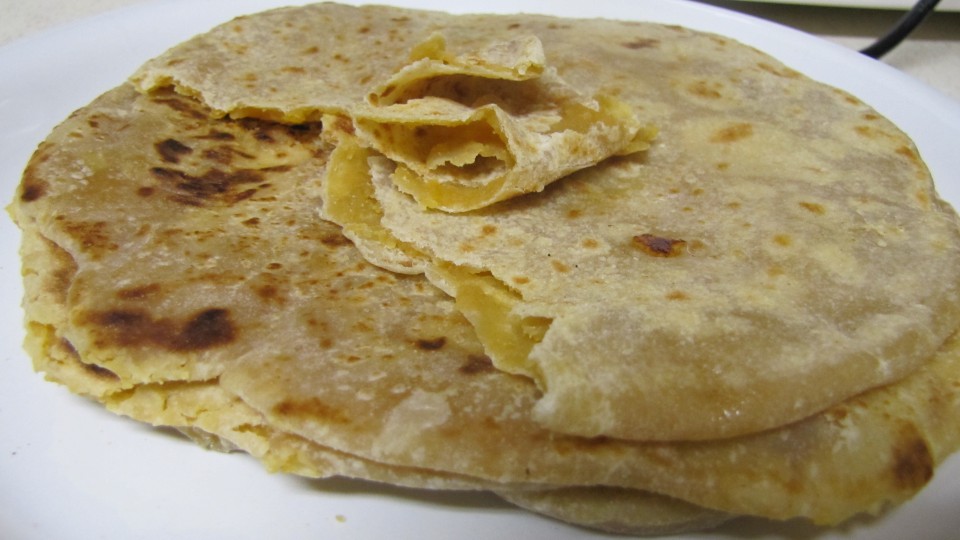
.JPG)




